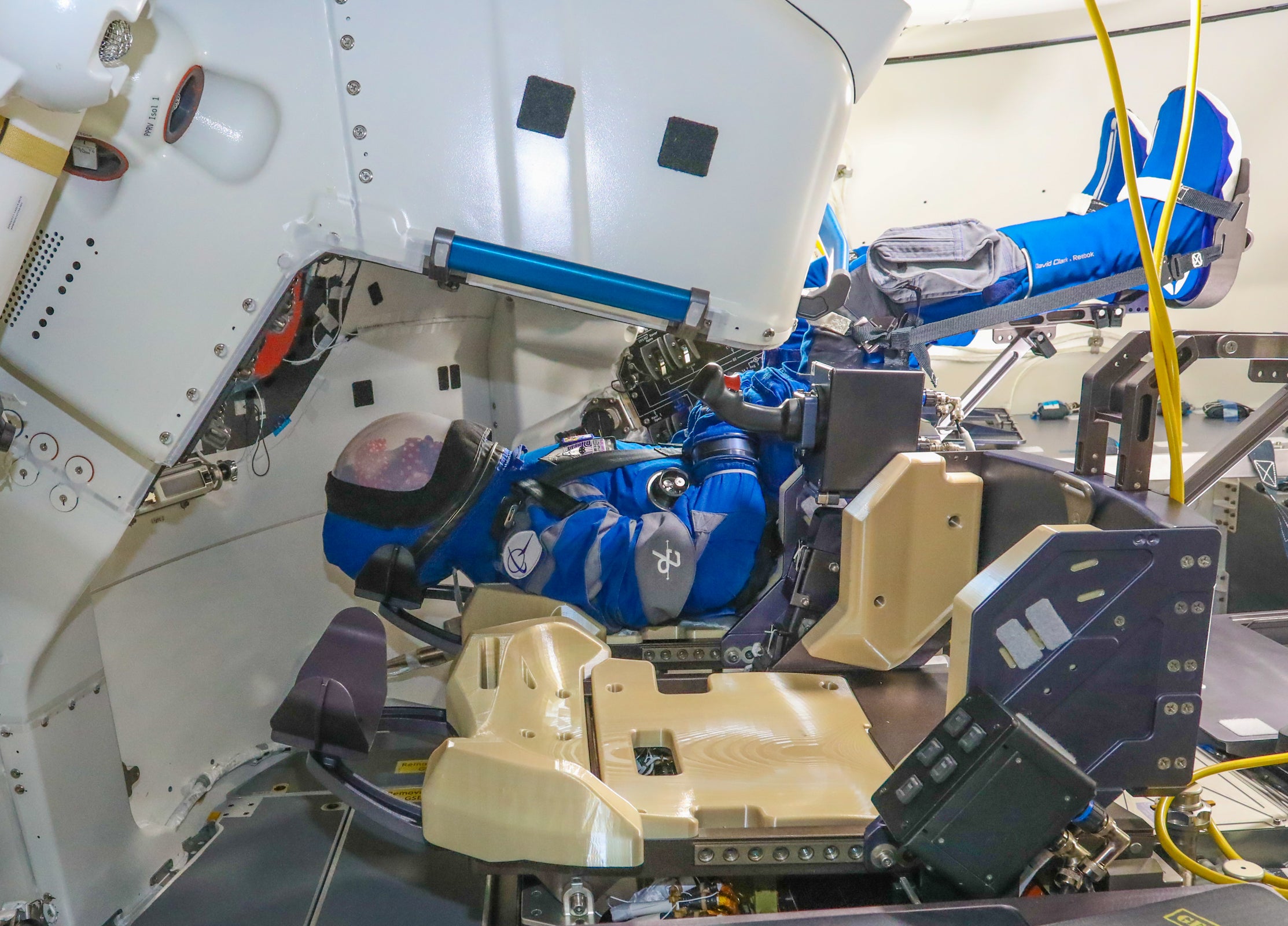NASA is scheduled to launch a Boeing CST-100 Starliner spacecraft on Wednesday, August 4, in what will be the second uncrewed test of the commercial crew vehicle. You can watch the action live right here.
The test vehicle is set to launch at 3:20 a.m. AEST from Complex-41 at Cape Canaveral Space Force Station in Florida. This is the second uncrewed test flight of Boeing’s CST-100 Starliner and the first launch of the spacecraft since a botched test in 2019. NASA coverage begins at 2:30 a.m. AEST.
The capsule will launch atop an Atlas V rocket, built by United Launch Alliance. Around 30 minutes after launch, Starliner will fire its thrusters as it sets a course for a daylong journey to the International Space Station. This will be an end-to-end demonstration of the vehicle, in a mission that will — finger’s crossed — provide “valuable data toward NASA certifying Boeing’s crew transportation system for regular flights to and from the space station,” as NASA says in a press release.
The Boeing Orbital Flight Test-2 (OFT-2) mission was originally scheduled for Friday, July 30, but a scary incident aboard the ISS, in which a docked Russian module unexpectedly fired its thrusters, resulted in the four-day delay.
This scheduled flight may be a test, but it won’t be a wasted trip. The Starliner spacecraft is packed with 180 kg of NASA cargo and crew supplies, and it will eventually return 249 kg of stuff back to Earth, including reusable tanks that provide air to the ISS crew. Starliner is scheduled to arrive at the ISS at 3:37 a.m. AEST on August 5, with NASA coverage of the docking starting at 12:30 a.m. AEST tomorrow.
In addition to the cargo, Starliner will be carrying Rosie the Rocketeer — an anthropometric test device that will track the spacecraft’s vibrations and acceleration during the trip. For this mission, Rosie’s 15 sensors will gather data from the seat pallet (the infrastructure that holds the seats in place).

“While Rosie provided us critical insight into how much force her body experienced in the commander seat during the first OFT mission, these new sensors will capture data to characterise the motion of all four crew seats,” Dan Niedermaier, crew module chief engineer, said in a Boeing statement. “Generally, all seat locations behave similarly; however, there are small differences that our engineers want to validate to ensure everyone gets a nice, enjoyable ride.”
NASA and Boeing are hoping that things go smoother than they did on December 20, 2019, during Orbital Flight Test-1. A clock error on the spacecraft resulted in an excess burning of fuel, preventing it from reaching the ISS. Later, investigators detected a second software glitch that could’ve caused the capsule to smash into its aft service section (the two components are designed to separate in orbit prior to re-entry through Earth’s atmosphere).

A NASA-Boeing independent review team eventually presented Boeing with 80 recommendations to get the program back on track. The aerospace manufacturer has worked its way through this daunting checklist, recently completing a simulated five-day end-to-end mission. All of the recommendations made by the review team are now “complete and pending closure by NASA,” according to the space agency.
“NASA and Boeing have done an incredible amount of work to get to this point,” Steve Stich, Commercial Crew Program manager, said in a statement. “Our teams are ready for this important mission due to the coordinated efforts of many, including United Launch Alliance, NASA’s Launch Services Program, and the U.S. Space Force, which enabled us to establish this launch opportunity. We are looking forward to a successful OFT-2 mission.”
Indeed, a successful mission would set the stage for a crewed test of the Starliner spacecraft. What’s more, a good result will represent an important step towards NASA possessing two viable platforms for delivering astronauts to the ISS, the other being SpaceX’s Crew Dragon.
Starliner has been in development for more than 10 years, and it’s an integral part of NASA’s Commercial Crew Program, in which the space agency is regaining its ability to independently launch NASA astronauts to space from U.S. soil after the retirement of the Space Shuttle program in 2011.
